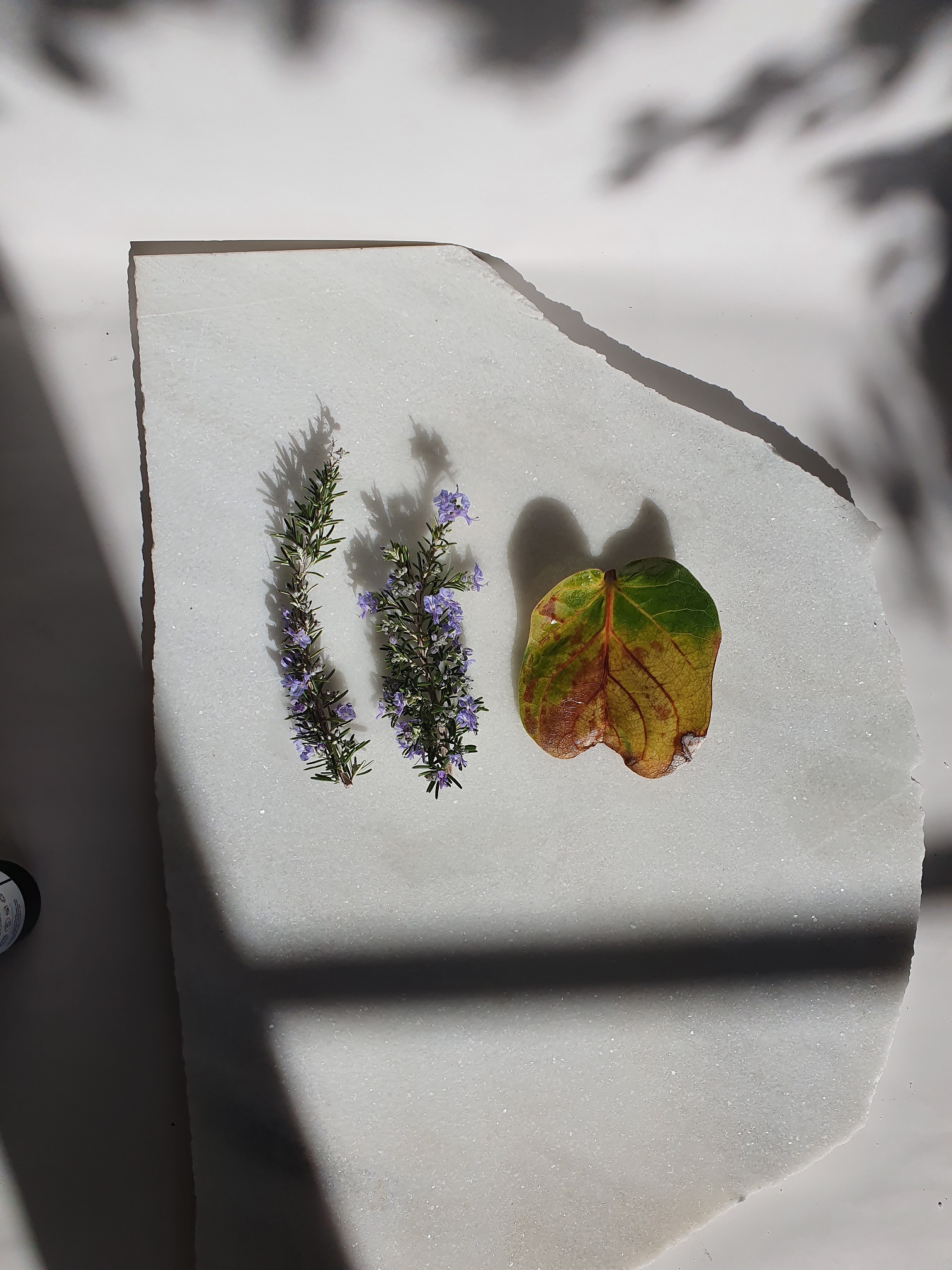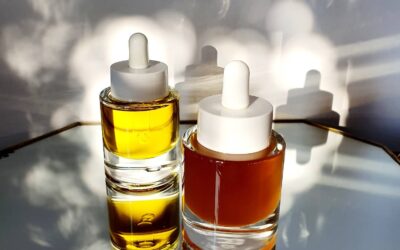
How plants protect your skin from sun damage and why
Have you ever wondered why plants* don’t burn in the sun?
What is it that makes them withstand sunlight intense enough to burn you or me into blisters?
This is because plants produce their own sunscreen. This article explains the basis of photoprotection and how and why sunscreening molecules produced by plants protect your skin from sun damage.
*with the exclusion of shade-loving plants that lack UV adaptive mechanisms
Why plants don’t burn in the sun
Plants don’t burn in the sun thanks to the sunscreening mechanism they evolved. Eating plants rich in photoprotective molecules allows your body to protect your skin from sun damage. Here is how:
Specialized UVB light receptors located in the leaf measure UVB light intensity and mediate changes to plants’ physiology: ramping up the production of photoprotective molecules, antioxidants, and DNA repair enzymes.
The higher the UV exposure, the higher the density of these photoprotective molecules within the plant.
Sunscreening molecules work by absorbing light energy and dissipating it as harmless heat.
Antioxidants work by limiting and preventing oxidative stress caused by free radicals produced during UV exposure.
DNA repair enzymes work by breaking down hazardous byproducts of DNA damage and by facilitating DNA repair.
Because these processes are mechanical in nature, they work regardless of location: whether it’s in the plants’ leaf or your skin.
Consuming a diet rich in plants that grow in a high UV environment supplies your body with phytonutrients that protect your skin from sun damage.
Here is the trick, though: do you remember that the UV light kickstarts the production of UV screening molecules and antioxidants?
UVB light is filtered by glass, and the covering used in polytunnels where most vegetables are grown.
Plants need the UV stress in order to produce the sunscreening compounds, and it’s essential for plants to be grow outdoors.
Plant a garden, feed your skin.
For a deeper dive into the sunscreening properties of plant oils, read this article.
Related Articles
Rice bran extract
RICE BRANA look into key studies examining the antioxidant, photoprotective and ani-photoageing properties of rice bran extract.Rice bran extractNumerous human and animal studies examined its antioxidant, photoprotective and ani-photoageing properties, giving us a...
Cold-Pressed versus CO2 Extracted? What you need to know
The same seed, different extraction methods, two very different results. Can you work out which raspberry seed oil was cold pressed and which was extracted by CO2?
The sunscreening properties of plants
Do plant oils and extracts protect from UVA and UVB? To what extent? This article shares what spectral analysis studies reveal about plant based photoprotection. One of the most common questions asked regarding the oils I have tested in my home experiment, was...

